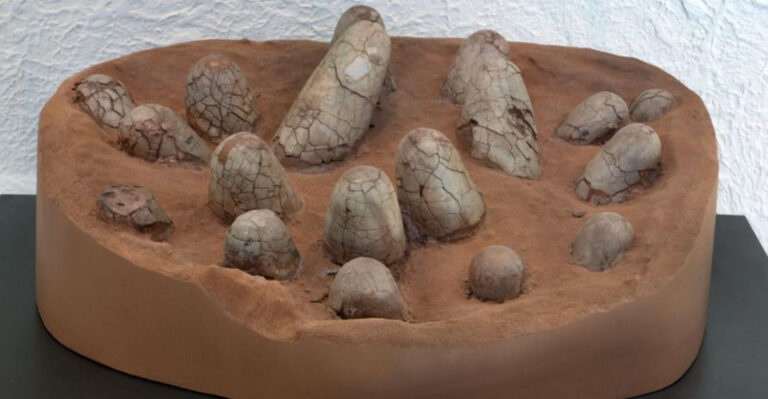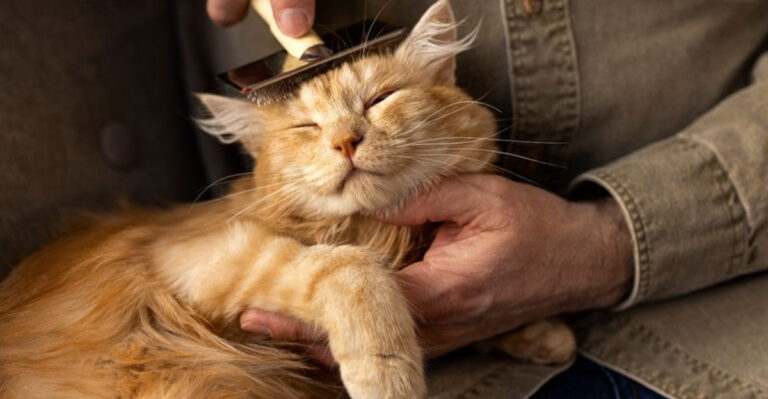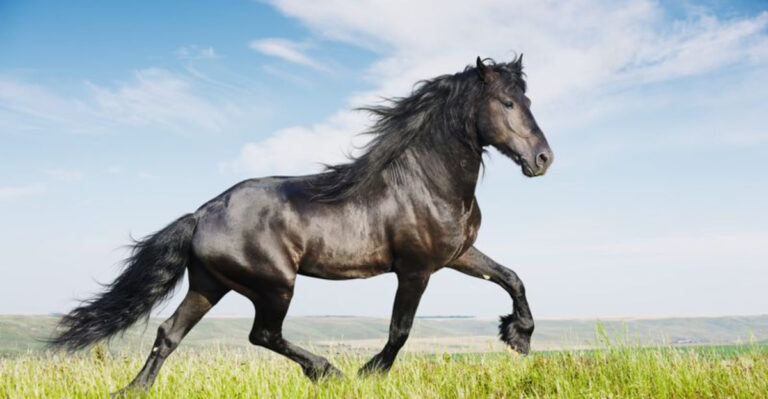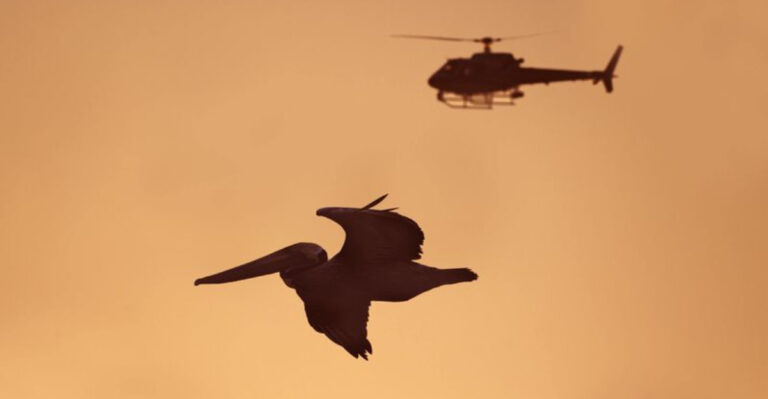7 Real Animals That Inspired Legendary Mythical Creatures (And 7 That Should Have Inspired Legends But Didn’t)
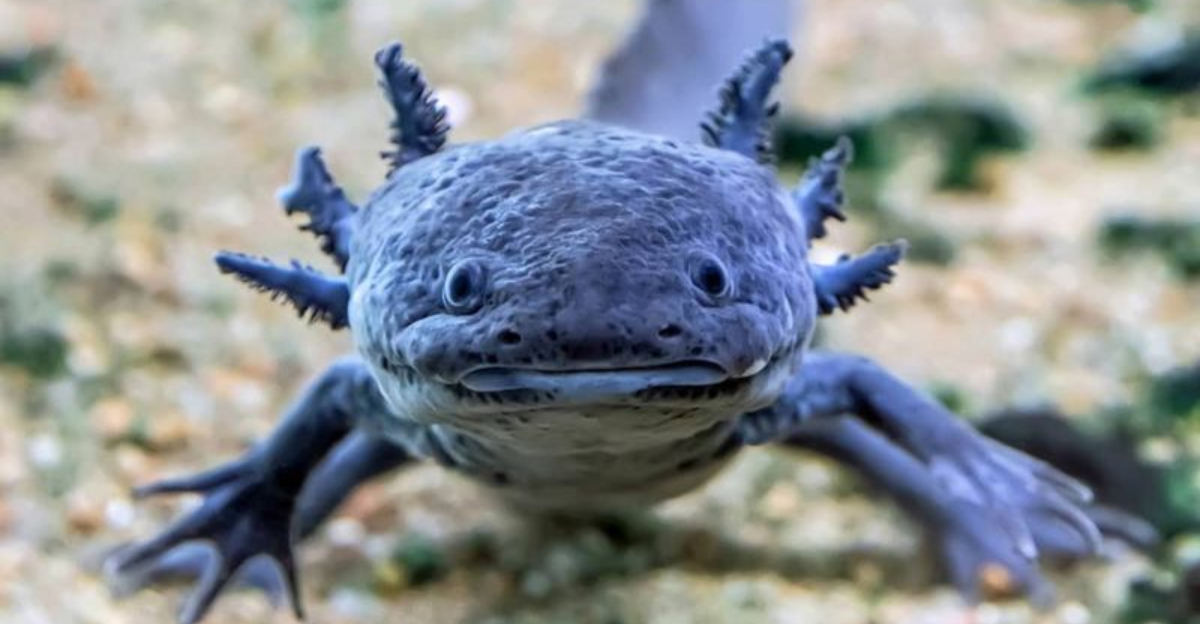
Ever wonder where dragons, unicorns, and mermaids came from? Many mythical creatures weren’t just made up from nothing – they were inspired by real animals our ancestors encountered!
Some creatures were so strange or impressive that stories about them grew into fantastic legends. Meanwhile, other equally bizarre animals somehow missed their chance at mythological fame.
1. Manatees: The Surprising Truth Behind Mermaids
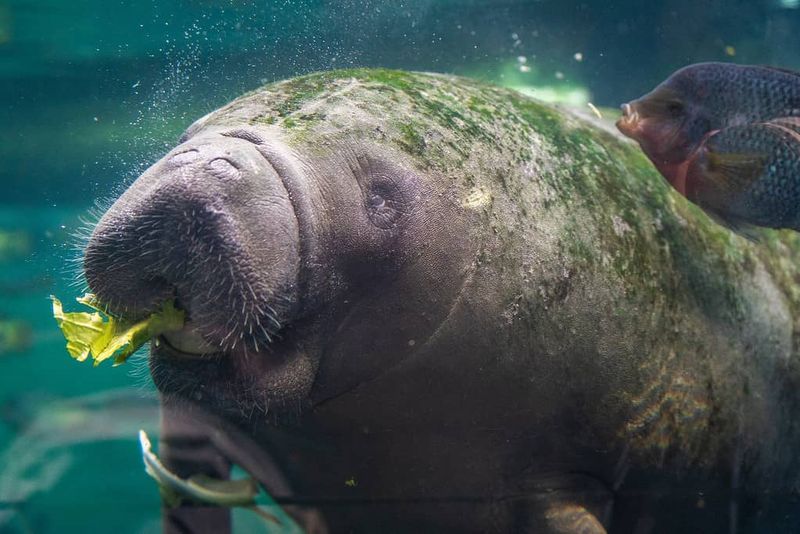
Sailors of old, squinting through sea spray and loneliness, mistook these gentle sea cows for half-human enchantresses. Despite weighing up to 1,200 pounds, manatees possess an eerily human-like face when glimpsed from afar.
Their flippers can grasp objects with surprising dexterity, and mothers nurse their young while cradling them with their flippers—behaviors that fueled mermaid myths across cultures.
2. Narwhals: The Ocean’s Unicorns
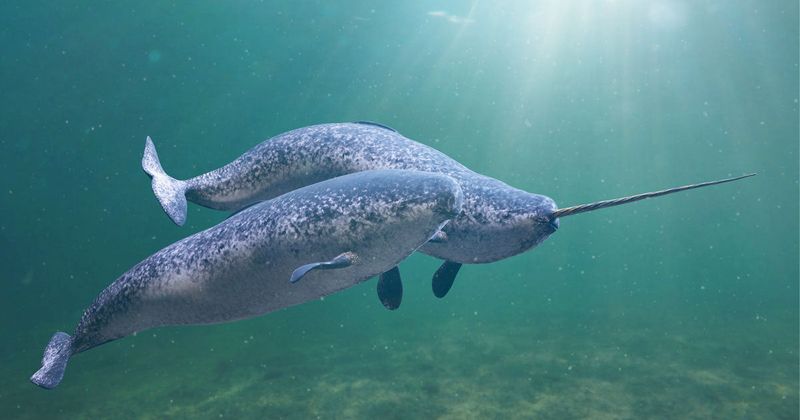
Hidden in Arctic waters swims a creature that seems transplanted from fantasy. Male narwhals sport a single spiraling tusk that can grow up to 10 feet long—actually an elongated tooth that pierces through their upper lip.
Medieval traders sold these tusks as “unicorn horns,” claiming they possessed magical properties. European nobility paid fortunes for these “horns,” believing they could detect poison and cure disease.
3. Giant Squid: Kraken Of The Deep
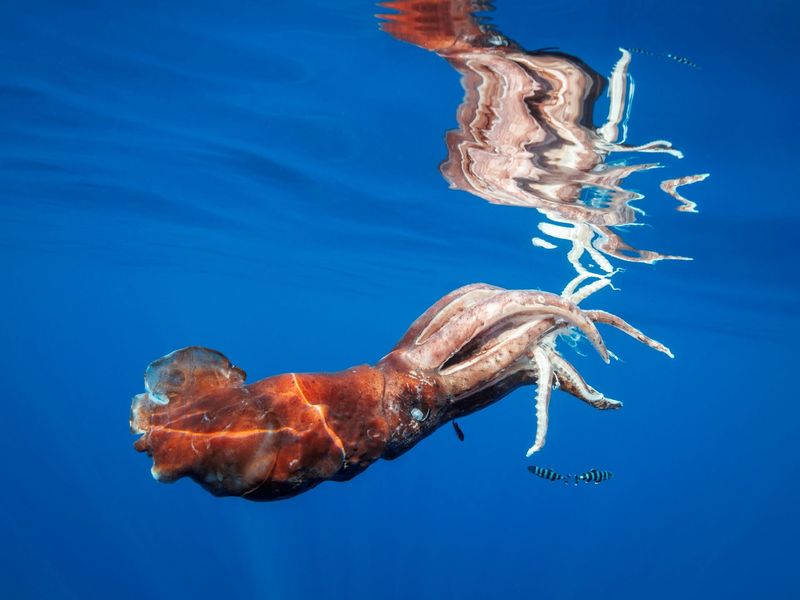
Lurking in ocean depths, these tentacled titans grow to 43 feet long with eyes the size of dinner plates. Sailors who spotted tentacles rising from stormy seas or found massive sucker-marked carcasses washed ashore naturally assumed monsters lurked below.
Norse legends described the kraken—a sea monster so vast it was mistaken for an island. Scientists didn’t capture footage of a living giant squid until 2004!
4. Komodo Dragons: Last Living Dragons
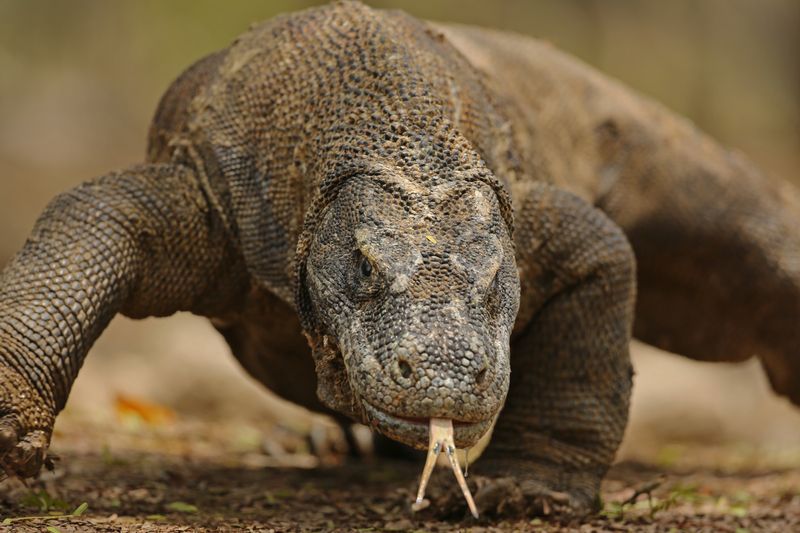
Marco Polo’s 13th-century accounts of massive lizards in Indonesia sparked European dragon myths. These 10-foot lizards hunt with stealth, then deliver a deadly bite containing toxic bacteria and venom.
Their yellow forked tongues sample the air for scents, while their powerful legs allow short bursts of speed. Ancient seafarers who witnessed these armored reptiles surely thought they’d encountered mythical beasts straight from legend.
5. Gorillas: The Wild Men Behind Bigfoot
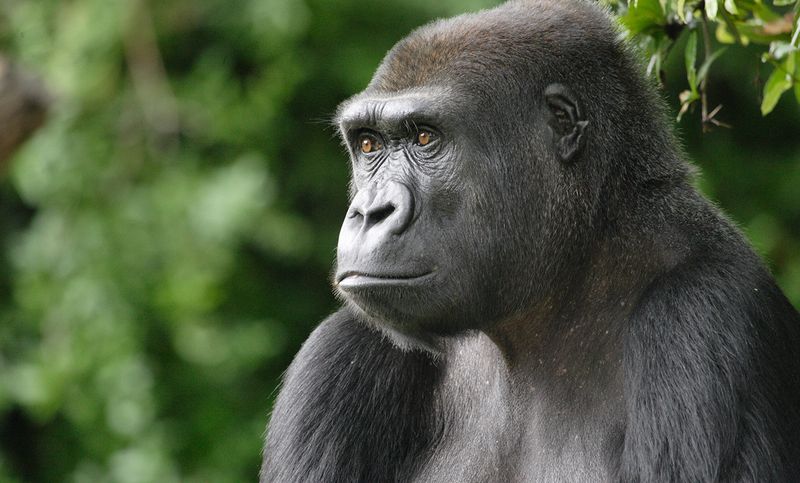
Ancient explorers returning from Africa told tales of hairy, human-like beasts with incredible strength. These accounts of gorillas—not scientifically documented until 1847—merged with local folklore to create various “wild man” myths worldwide.
Standing upright at nearly 6 feet tall, these intelligent apes leave distinctive footprints and build nests. Their mysterious nature and forest habitat made them perfect templates for creatures like Bigfoot and Yeti legends.
6. Rhinoceros: Unicorn’s Armored Cousin
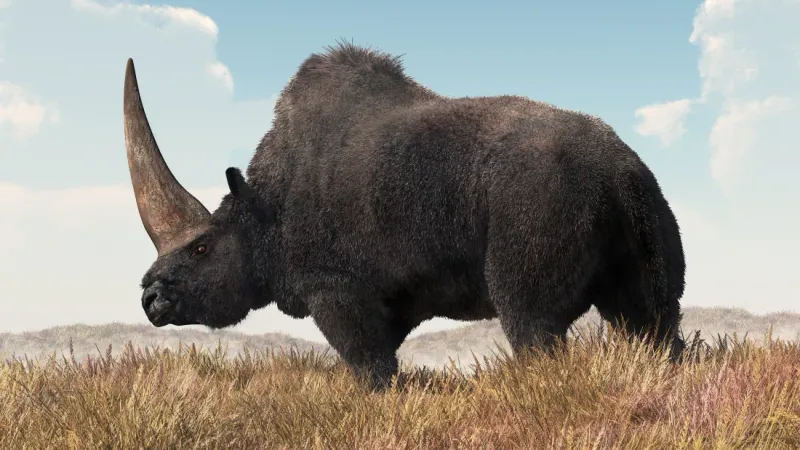
When ancient travelers first encountered rhinos, they returned with tales of armored beasts with magical horns. Early descriptions reached Europe through multiple translations, becoming increasingly distorted with each retelling.
The Indian rhinoceros, with its single horn and armored-looking skin folds, particularly resembled unicorn descriptions. Medieval artists, working from secondhand accounts, transformed these massive creatures into the elegant unicorns featured in tapestries and royal crests.
7. Snakes: Slithering Inspirations For Dragons
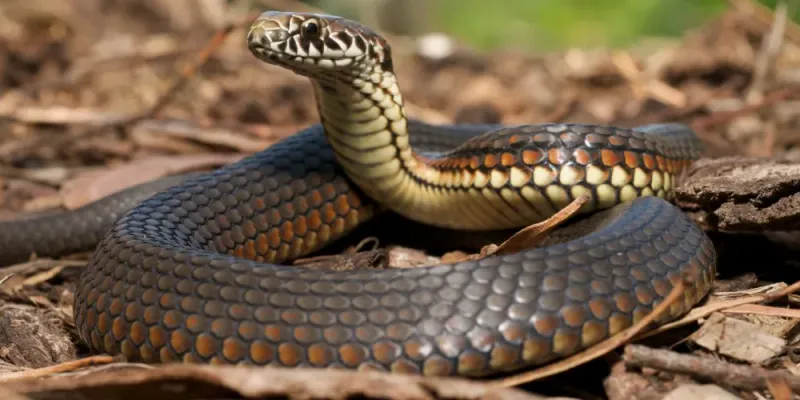
Long before dinosaur fossils were understood, people discovered massive snake skeletons. Giant constrictors like pythons and anacondas—reaching over 30 feet long—seemed like monsters from another age.
Venomous species added fire-breathing elements to dragon myths. Cobras that spit venom, rattlesnakes with warning sounds, and vipers with heat-sensing pits all contributed magical attributes to dragon legends across cultures from China to Europe.
8. Platypus: The Patchwork Animal Nobody Believed
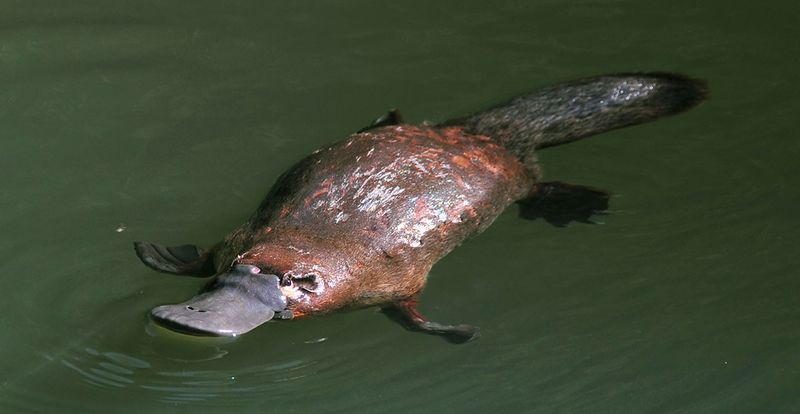
When European naturalists first examined platypus specimens in 1798, they thought they were looking at an elaborate hoax. A mammal with a duck bill, beaver tail, and otter feet that lays eggs? Scientists literally searched for stitches!
Males even have venomous spurs on their hind legs. Despite being stranger than many mythical creatures, this bizarre animal never inspired legends outside its native Australia, where Aboriginal stories acknowledged its unique nature.
9. Mantis Shrimp: The Rainbow Knockout Artist
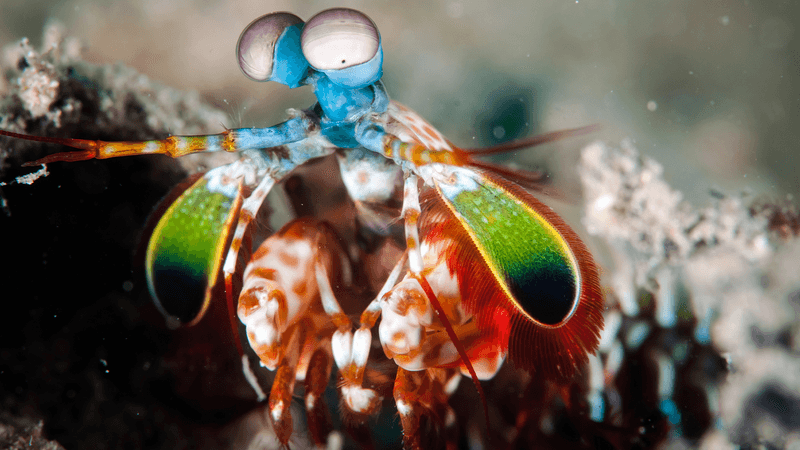
Imagine a six-inch crustacean that sees colors humans can’t comprehend and throws punches so fast they create underwater explosions. Mantis shrimp’s strikes accelerate faster than a bullet, creating cavitation bubbles that reach temperatures nearly as hot as the sun’s surface.
Their eyes contain 16 color receptors (compared to our measly three). These underwater knockout artists somehow missed becoming legendary sea demons despite possessing abilities that sound like pure fantasy.
10. Tardigrades: Immortal Micro-Monsters
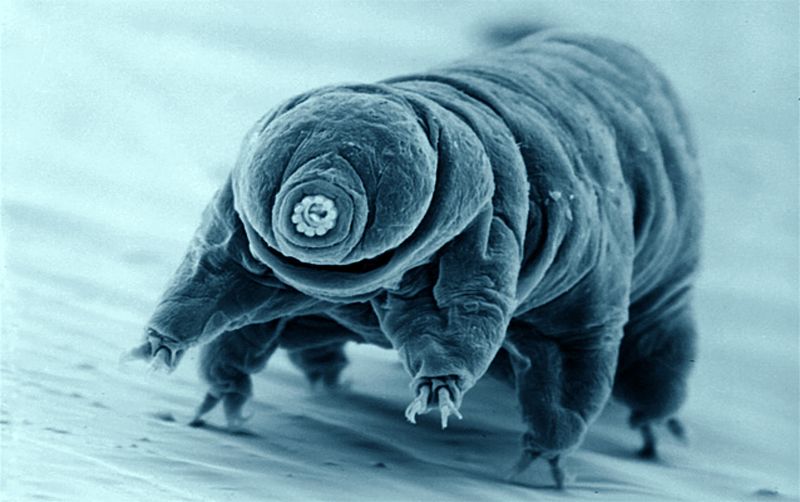
Microscopic eight-legged water bears can survive being boiled, frozen, radiation-blasted, and even the vacuum of space. Tardigrades can dehydrate completely, shutting down metabolism for decades, then revive with a drop of water.
Some species glow blue under ultraviolet light. If ancient cultures had microscopes, these nearly indestructible creatures—which have survived all five mass extinctions—would surely have become legendary immortal beasts in mythology rather than remaining scientific curiosities.
11. Goblin Sharks: Living Fossils From The Abyss
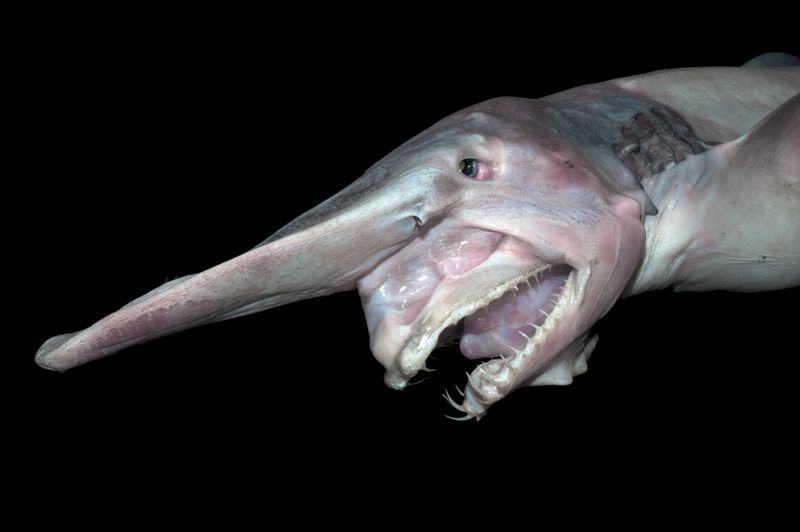
Dwelling in ocean depths of 4,000 feet lives a prehistoric nightmare with a jaw that literally shoots forward to catch prey. The goblin shark’s pink, flabby body and nail-like teeth make it look like something from a horror movie.
Its snout contains specialized organs that detect electrical fields produced by other creatures. Despite existing for 125 million years and looking like a demon from the underworld, these deep-sea monsters remained unknown to mythology creators.
12. Pangolins: The Walking Pinecones
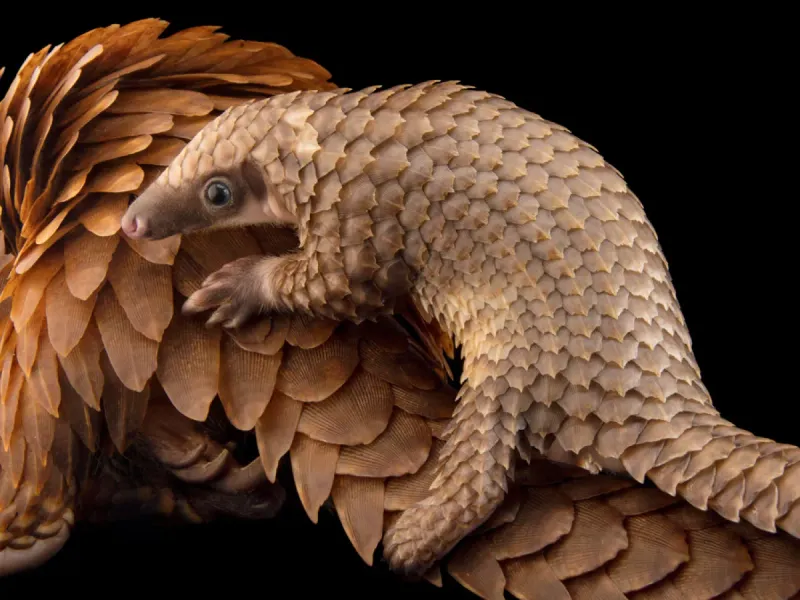
Covered head to tail in overlapping scales made of keratin (the same material as your fingernails), pangolins look like medieval fantasy creatures. When threatened, they roll into a ball so tight that even lions can’t pry them open.
Their sticky tongues can stretch longer than their entire body! Despite being perfect candidates for mythical armored guardians or shape-shifters, these unusual mammals never made it into widespread folklore, though some African cultures considered them magical.
13. Axolotls: Smiling Water Dragons
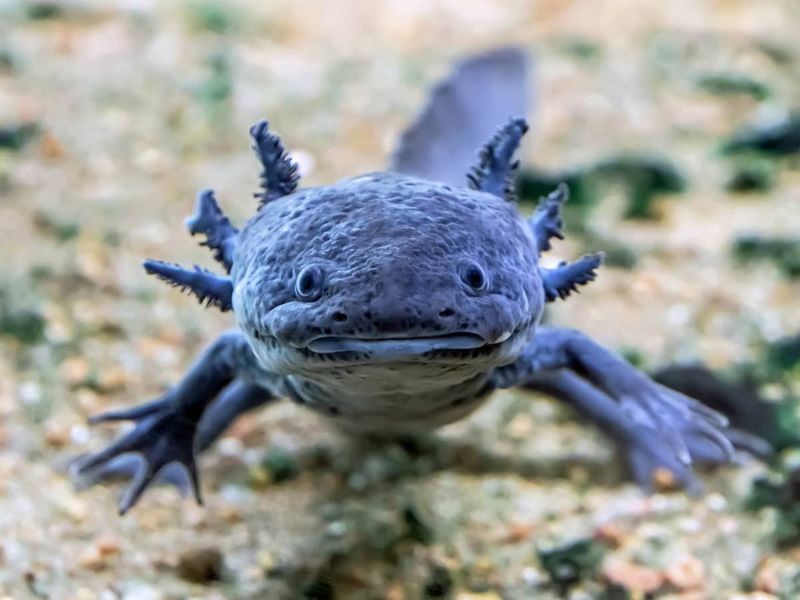
With their perpetual smile, feathery external gills, and remarkable ability to regrow entire limbs, organs, and even portions of their brain, axolotls seem straight from fantasy. These Mexican salamanders never grow up – they remain in their juvenile form their entire lives.
Ancient Aztecs did associate them with Xolotl, god of fire and lightning, but these regenerating water dragons never spread into global mythology despite possessing what would be considered magical powers in any fantasy world.
14. Okapi: The Real-Life Forest Unicorn
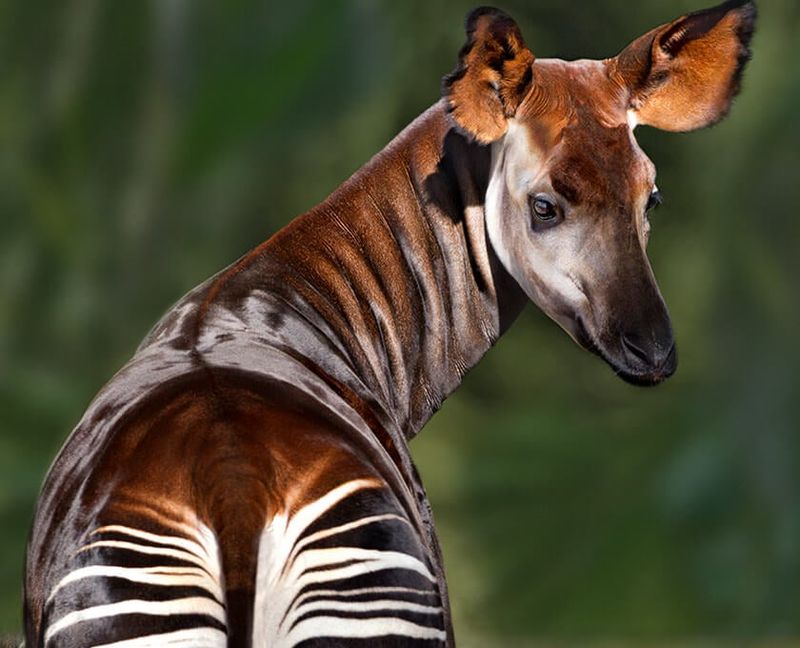
Half zebra, half giraffe—at least that’s how this African forest dweller appears. With zebra-striped legs, a giraffe-like neck, and a long blue tongue, okapis remained unknown to Western science until 1901.
Local legends spoke of a “forest donkey,” but the creature’s true nature exceeded imagination. Despite looking like something a fantasy author would create, this shy vegetarian never inspired widespread myths. The okapi’s secretive nature kept it hidden from folklore creators.

